Maintenance of transmission shaft
The transmission shaft is a rotating body with high speed and less support, so its dynamic balance is very important. Generally, the transmission shaft shall be subject to action balance test before leaving the factory and adjusted on the balancing machine. For front engine rear wheel drive vehicles, the rotation of the transmission is transmitted to the shaft of the main reducer. It can be several joints, and the joints can be connected by universal joints.
Use and maintenance
To ensure proper operation of the drive shaft,
To prolong its service life, pay attention to:
1. It is strictly forbidden to start with high gear.
2. Do not lift the clutch pedal violently.
3. Overloading and speeding are strictly prohibited.
4. Check the working condition of the transmission shaft frequently.
5. Frequently check the fastening of the transmission shaft hanger, whether the supporting rubber is damaged, whether the connecting parts of the transmission shaft are loose and whether the transmission shaft is deformed.
6. In order to ensure the dynamic balance of the transmission shaft, always pay attention to whether the balance welding piece is desoldered. The new transmission shaft assembly is provided as a complete set. When loading the new transmission shaft, pay attention to the assembly mark of the expansion sleeve and ensure that the flange fork is in a plane. When repairing and disassembling the transmission shaft, the assembly marks shall be printed on the expansion sleeve and flange shaft, so as to maintain the original matching relationship during reassembly.
7. The universal joint cross bearing shall be frequently filled with grease. No. 3 lithium grease shall be injected in summer and No. 2 lithium grease shall be injected in winter.
Fault repair
Wear problem
Symptom diagnosis:
The damage, wear, deformation and loss of dynamic balance of transmission shaft parts will cause abnormal noise and vibration during driving, and in serious cases, it will lead to the damage of relevant parts. When the car is driving, it makes a "geden" sound when starting or accelerating rapidly, and obviously shows the feeling of loose parts. If it is not the loose transmission gear of the drive axle, it is obviously the loose transmission shaft parts. The loose parts are nothing more than universal joint cross bearing or steel bowl and flange fork, spline shaft and spline sleeve of expansion sleeve. Generally speaking, the cross shaft diameter and bearing clearance shall not exceed 0.13MM, and the meshing clearance between telescopic spline shaft and spline sleeve shall not exceed 0.3mm. If the service limit is exceeded, it shall be repaired or replaced.
If the chassis makes a "buzzing" sound during driving, and the higher the running speed, the louder the sound. This is generally caused by the wear and looseness of the cardan joint spider and bearing, the wear of the middle bearing of the transmission shaft, the damage of the middle rubber support or the looseness of the hanger, or the wrong fixed position of the hanger.
resolvent:
(1) Traditional method
Repair welding, shaft sleeve insertion, pitting and other methods are generally used for transmission shaft wear in China. However, when the shaft is made of 45 steel (quenching and tempering treatment), if only surfacing treatment is adopted, the welding internal stress will be generated. Under heavy load or high-speed operation, cracks and even fractures may appear at the shaft shoulder. If stress relief annealing is adopted, it is difficult to operate, And the processing cycle is long and the maintenance cost is high; When the material of the shaft is HT200, cast iron welding is not ideal. Some enterprises with high maintenance technology will adopt brush plating, laser welding, micro arc welding and even cold welding. These maintenance technologies often require high requirements and high costs.
(2) Maintenance method
The above repair technologies are not common in European, American, Japanese and Korean enterprises. Polymer composite technology and nanotechnology are generally used in developed countries. Polymer technology can be operated on site, effectively improve maintenance efficiency and reduce maintenance cost and maintenance intensity. Among them, meijiahua technology system is widely used. Compared with traditional technology, polymer composites not only have the strength and hardness required by metal, but also have the concession (variable relationship) that metal does not have. Through "mold repair", "component correspondence", "machining" and other processes, the size matching of repair parts and mating parts can be ensured to a great extent; At the same time, using the comprehensive advantages of compression resistance, bending resistance and ductility of the composite material itself, it can effectively absorb the impact of external forces, greatly resolve and offset the radial impact force of the bearing on the shaft, avoid the possibility of clearance, and avoid the secondary wear of the equipment caused by the increase of clearance.
Balance problem
Symptom diagnosis: 6 × 4 when the vehicle is under heavy load, especially when driving bumps, it occasionally makes knocking sound. Pay attention to check whether the balance shaft of the middle and rear axle is displaced and interferes with the transmission shaft. If the noise increases with the increase of vehicle speed and accompanied by jitter, it is generally caused by the imbalance of transmission shaft. This vibration is most obvious in the cab. The unbalance of the dynamic balance of the transmission shaft shall be less than 100 g. cm
Serious failure of dynamic balance of transmission shaft will lead to damage of relevant components. The most common are cracks in the clutch housing and fatigue damage of the intermediate rubber support.
resolvent:
Plug the front wheels with skids and jack up the middle and rear drive axles on one side of the vehicle; Start the engine, shift to the high gear, and observe the shimmy of transmission shaft accessories. During the observation, pay attention to that when the speed decreases, if the shimmy increases significantly, it indicates that the transmission shaft is bent or the flange is skewed.
The bending of transmission shaft accessories is shaft tube bending, most of which is caused by automobile overload. There are many faults of bending and fracture of transmission shaft of coal transportation vehicles due to overload and over hanging. If some cars and trailers transport more than 60 tons of coal, the transmission shaft is seriously damaged due to overload and over coupling. Although the intermediate support of the transmission shaft is strengthened and the strength of the flange fork is strengthened, the failure of fracture and damage still occurs.
Replace the transmission shaft accessories. After straightening, check the balance, and the unbalance shall meet the standard requirements. The technical conditions of the universal joint fork and the transmission shaft hanger shall also be checked in detail. If the installation is unqualified and the cross shaft and roller are damaged, resulting in looseness and vibration, the transmission shaft will also lose balance.

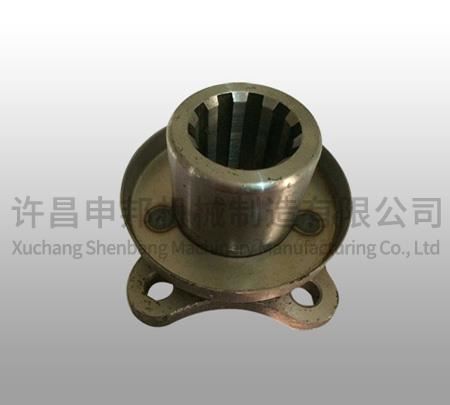
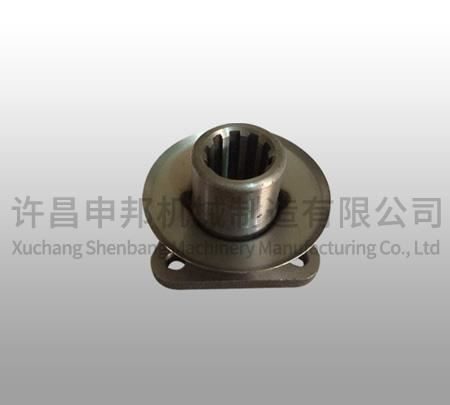
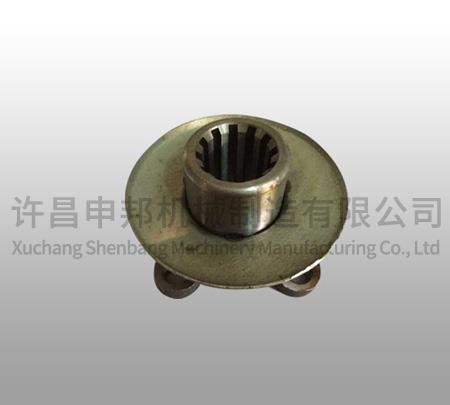
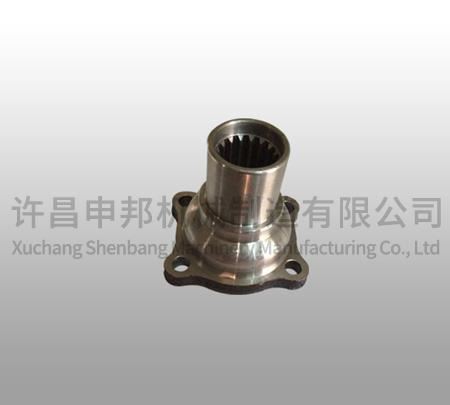
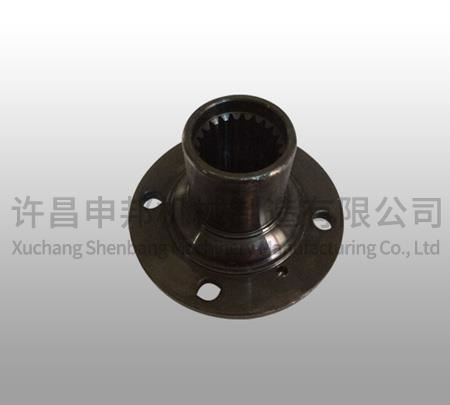
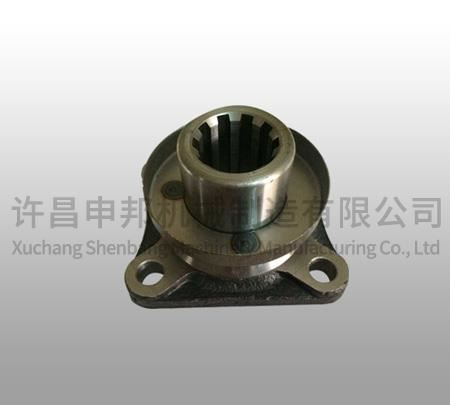
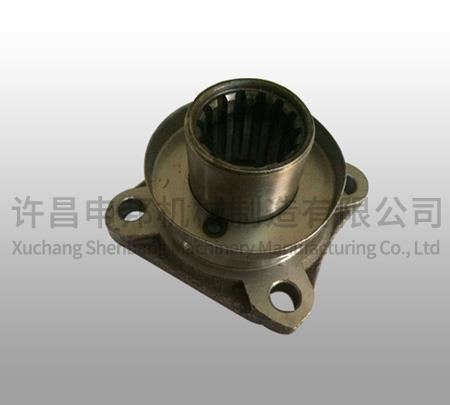
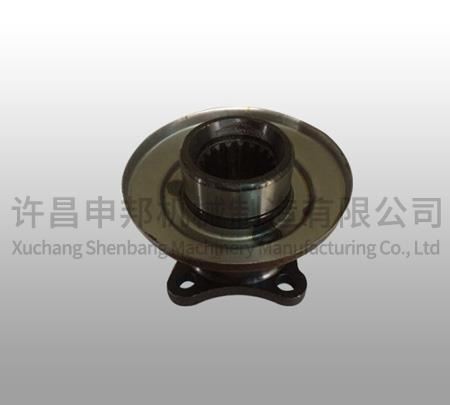


 CONSULT
CONSULT